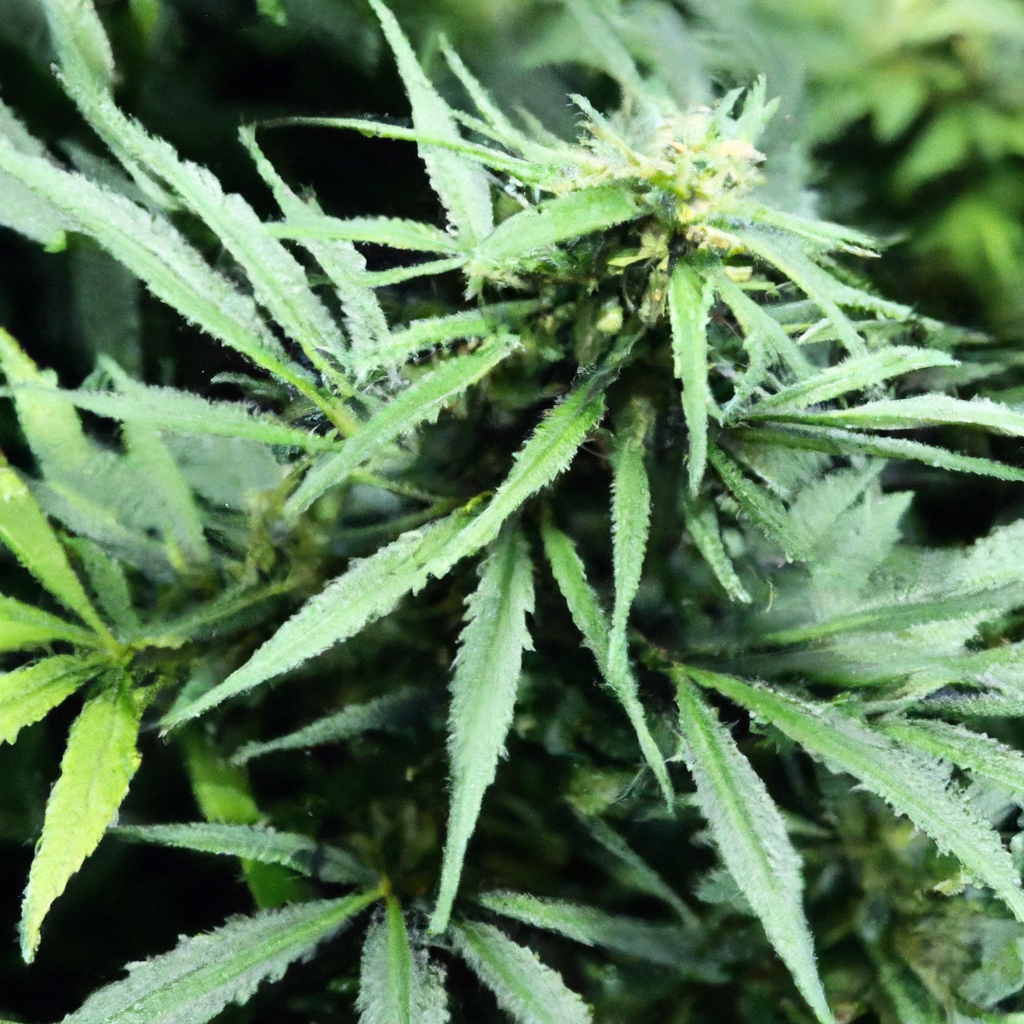By John “Magic” Greenleaf – “Growing greatness, one strain at a time.”
Within the world of cannabis cultivation, one of the most exciting and complex endeavors is phenotype hunting. This practice involves selecting the best genetic expression from a pool of cannabis plants to cultivate unique strains with desired characteristics. As a Colorado cultivator with over 30 years of experience, I’ve had the privilege of refining this art in the unique high-altitude environments of the Rockies. Let’s dive into the essentials of phenotype hunting and how it can elevate your grow operations.
Understanding Phenotypes
Phenotypes are different traits that a cannabis plant expresses as influenced by both genetic and environmental factors. These traits include physical characteristics such as height, color, and leaf shape, as well as aromatic properties, cannabinoid levels, and resilience to environmental stresses.
- Genetic Makeup: The genetic code of a seed determines its potential phenotype.
- Environmental Influence: Factors such as light, temperature, and humidity can alter how genes are expressed.
- Selective Breeding: By breeding plants with desirable traits, cultivators can stabilize new strains over generations.
Steps to Successful Phenotype Hunting
1. Start with Quality Genetics
The foundation of effective phenotype hunting is starting with high-quality seeds. Opt for reputable seed banks that offer reliable genetics, ensuring you have a diverse array of potential phenotypes to explore.
2. Grow in Controlled Environments
Maximize the potential of each phenotype by controlling environmental variables. Using techniques like John’s humidity management system—maintaining 55-60% RH during veg and 45-50% RH in flower—can prevent mold and improve resin production.
3. Document and Evaluate
Keep detailed records of each plant’s growth, documenting traits such as growth rate, aroma, and resistance to disease. Regular observation and note-taking help identify outstanding phenotypes worth breeding further.
4. Select for Desired Traits
Decide which plant expressions best align with your goals. Whether it’s increased resin production or unique terpene profiles like in my “Mile High Mystique,” selection should serve both consumer and cultivation needs.
Considerations for High-Altitude Growing
High-altitude environments present particular challenges such as thinner air and greater UV exposure. Thankfully, these factors can be leveraged during phenotype hunting to select strains that thrive in such climates. My high-altitude sativa, known for its citrus-pine aroma, was developed by selecting plants that exhibited resilience and vigor in these conditions.


Leave a Reply